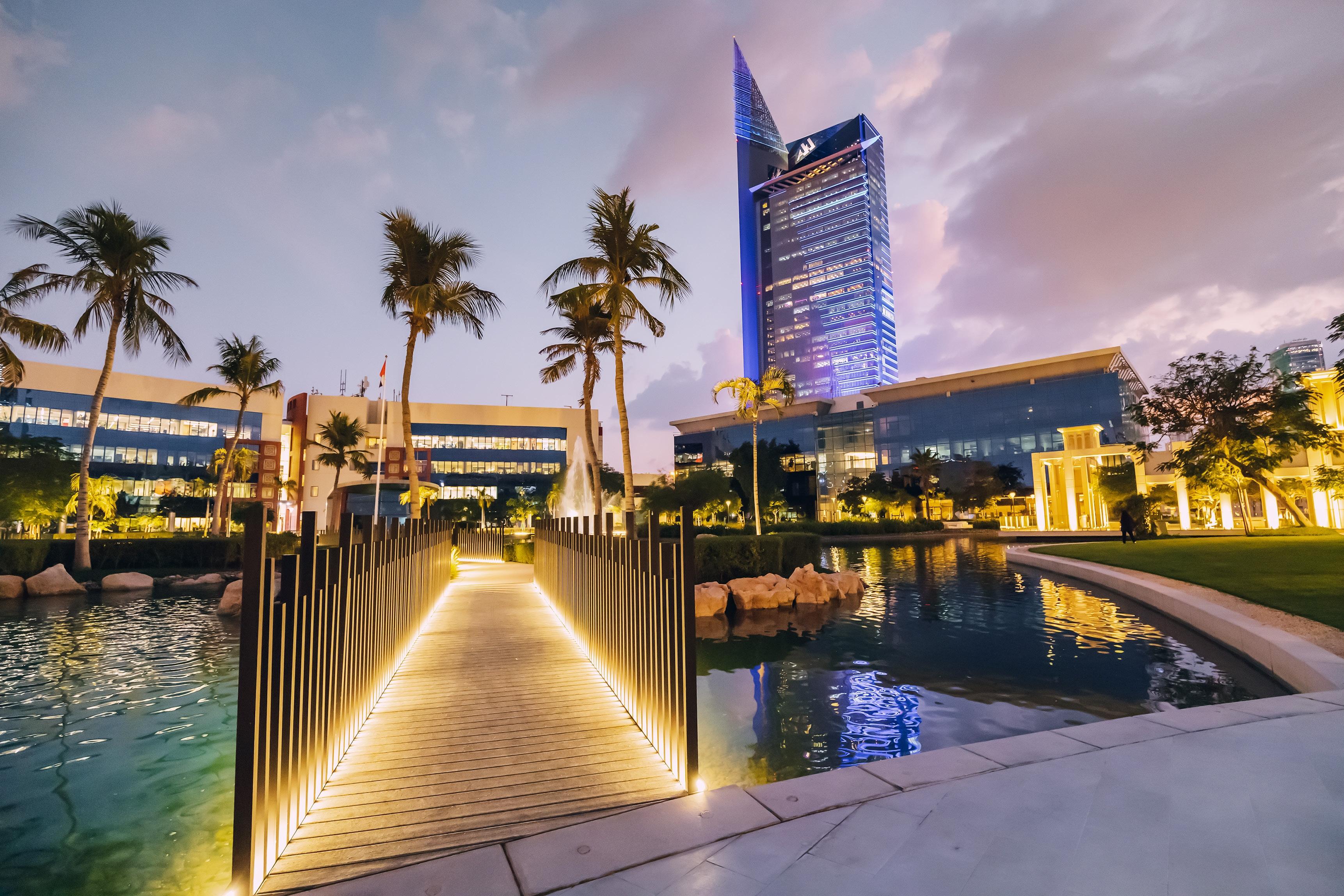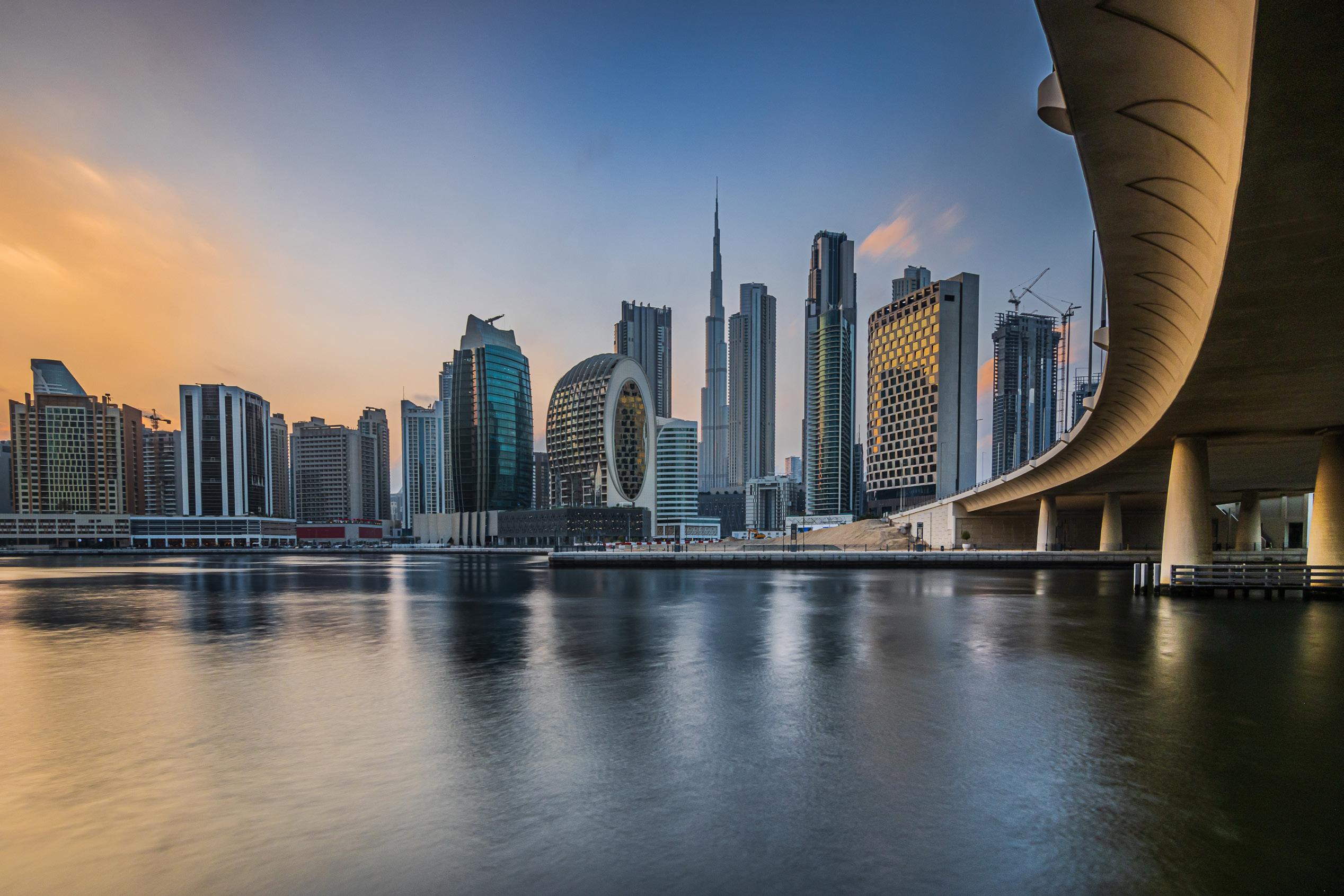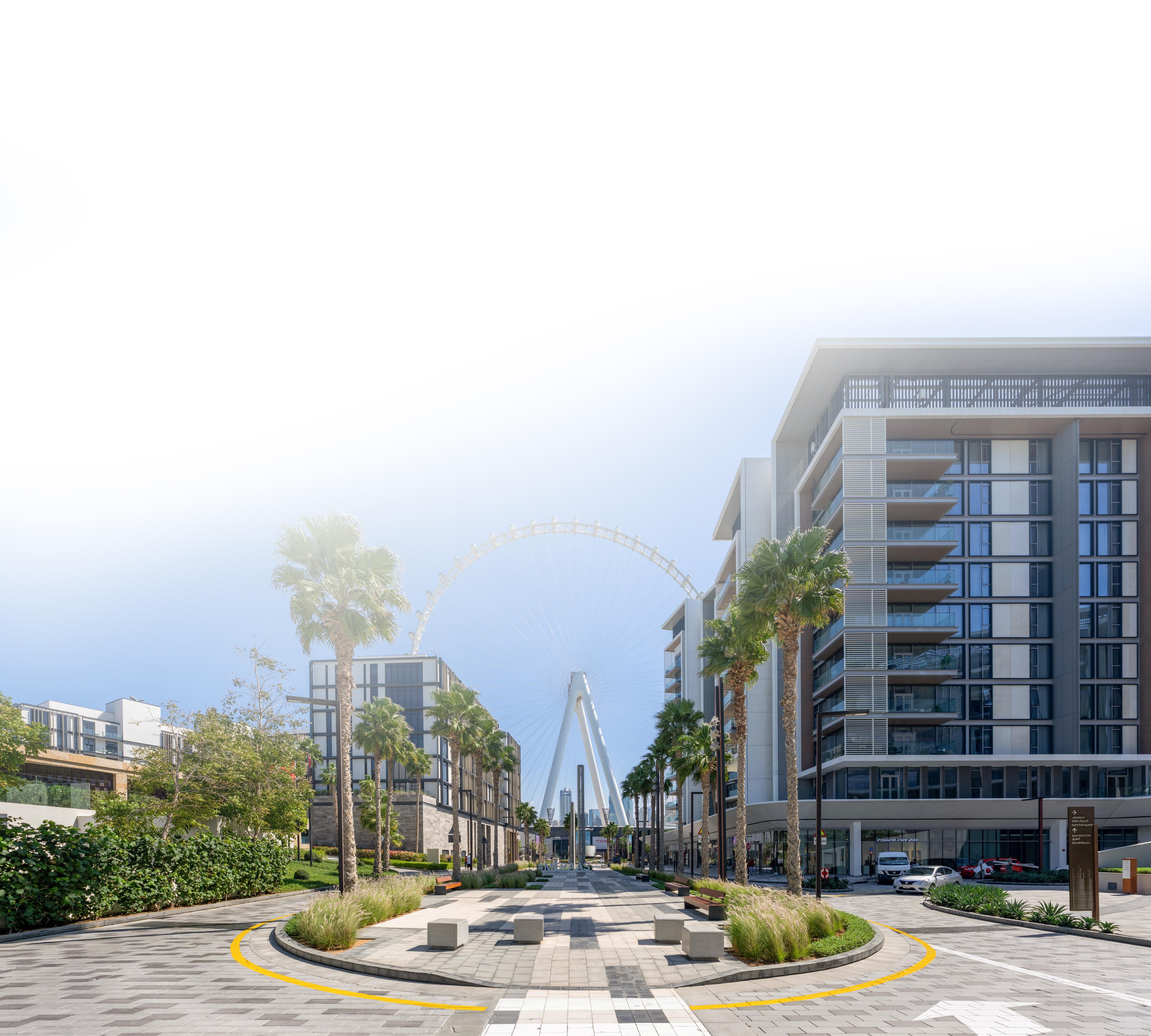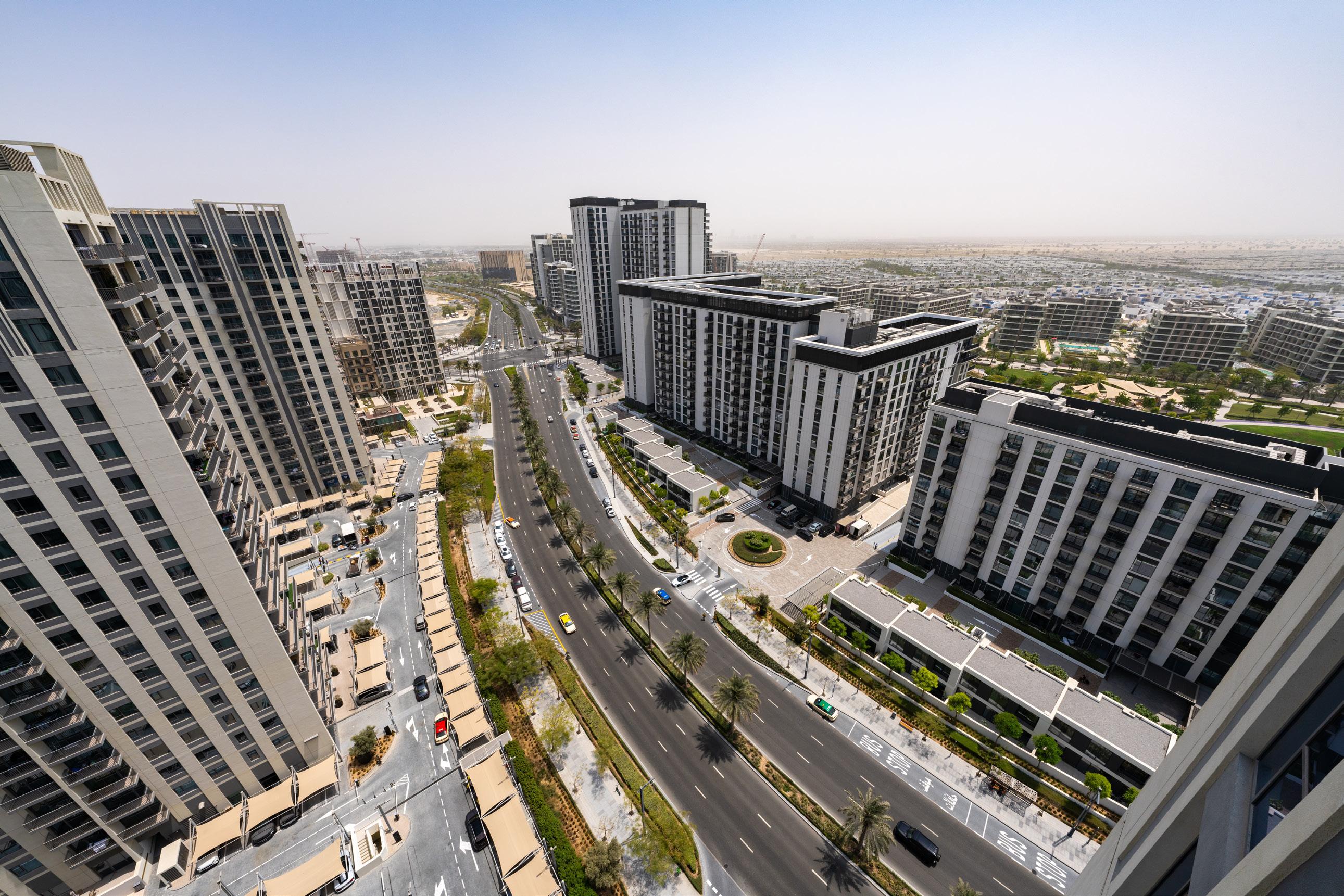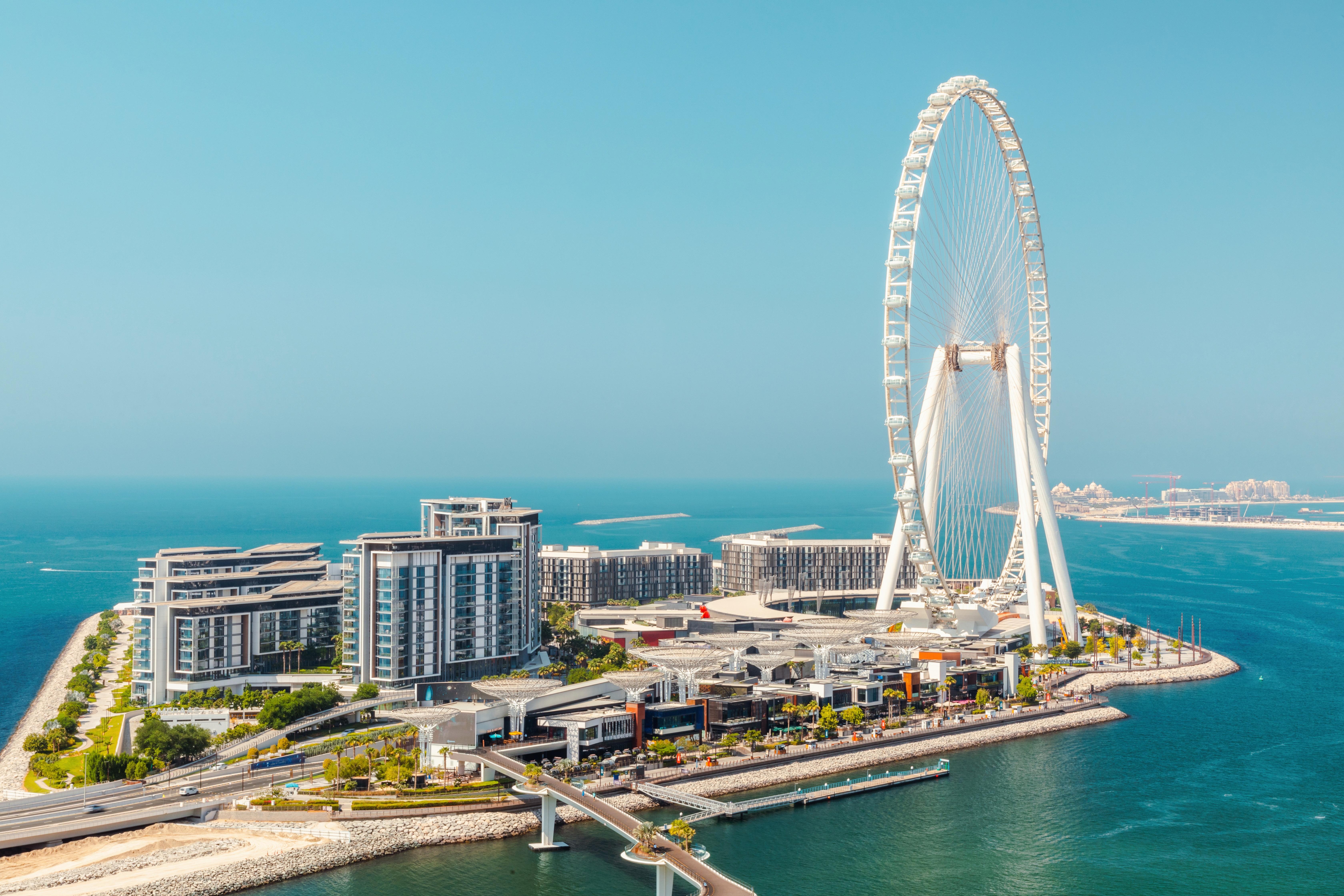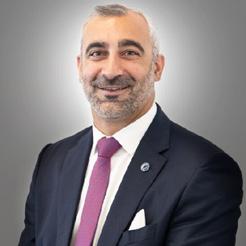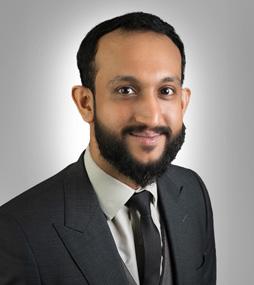Economists talk of demand and supply
Neo-classical economics, from Adam Smith onwards, was based on the idea that rising supply of goods and services generated through savings would generate demand and stimulate economic growth.1 The artificial creation of demand through stimulus spending, as advocated by John Maynard Keynes, was only ever likely to cause inflation. Yet Governments continue to listen to Keynes and use fiscal policy in just this way.2 At the level of individual firms, to some extent all investment is predicated on the assumption that there will be customers for new products and services or the expansion of existing ones.
More recently, the field of behavioural economics has made claims for the role of supply at the individual level: the power of advertising, peer pressure, and surplus liquidity at the household level can all combine to create demand.3 Similar claims have been made for real estate investment decisions.4 Yet firms often remain cautious, relying heavily on market studies before launching new products. If economists and businesses cannot agree, what hope can there be for cities and their urban planners?
In Dubai, there have been many prophecies over the past decades for the end of supply-driven growth. In hindsight, these prophecies now appear entirely misguided. There have been so many that choosing among them is difficult. Taking an article in the Financial Times as an example,5 however, they typically share four common features.
Trivialising the concept
The model in Dubai is sometimes described as ‘carve out a space in the desert or on land reclaimed from the sea; build bigger and better luxury residences; offer top-class amenities; and sit back as wealthy expatriates snap them up’. But this is a caricature of what has happened in Dubai, not a description. More detailed studies by economists and analysts have stressed the ways in which the planned diversification of the Dubai economy has fostered the real estate market. In turn, successful real estate markets encourage investment.
His Highness Sheikh Mohammed Bin Rashid Al Maktoum grasped the truth that this reciprocity lies at the heart of successful development, and the Dubai Government has acted on it ever since. In fact, although it is often attributed to him, there is no evidence that His Highness Sheikh Mohammed Bin Rashid Al Maktoum ever used the famous phrase ‘Build it and they will come’ in relation to Dubai.6 In fact, his steady drive towards economic diversification suggests quite otherwise.7 Much later, His Highness Sheikh Mohammed Bin Rashid Al Maktoum did write it, but specifically in the context of tourism development where high-quality accommodation is essential.8
Confusing the inevitable cyclicality of real estate markets with a structural trend
According to the Financial Times article: ‘Yet even as construction sites inch ever deeper into dusty desert districts, there are signs that this model may have run its course’. But this fails to see that these signs were part of a market process, not a failure of the development model. Deep pockets and long-term planning are also essential ingredients of success.
Seeking out short-term negative sentiment about real estate, but failing to balance it with more optimistic views of the wider economy
To mention just two announcements from around the same time, both GDP9 and tourism10 data were showing consistent year-on-year growth while bank profits were also increasing. The continued success of the model was hiding in plain sight, although in fairness Q1 results had not yet been published.11 So far as the real estate market was concerned, although prices overall had been falling, there was already evidence of a recovery [popular areas like Dubai Marina, Arabian Ranches and Mirdif had even seen rental prices stabilising for certain units in Q1 2019. While from an investment perspective, prices saw an upswing for certain units in affordable communities like International City and Dubai Sports City 12]
Making little or no effort to place Dubai in a regional, let alone a global context
In early 2019, many indicators were suggesting a global slowdown. The UAE could not expect to be entirely insulated from this slowdown. Nevertheless, there were indications that it might benefit comparatively.
This last is arguably the biggest error. There are many reasons for the success of supply-driven construction in Dubai, but its comparative attraction for capital, both financial and human, stand out as the most important. Finance is essential. Foreign Direct Investment (FDI) has accelerated to the point where Dubai has been ranked as the top destination city globally for greenfield FDI projects three years running.13 People matter Recent data shows that population growth, which has been essential to the success of the real estate market, continues, with 200,000 more people living in Dubai in June 2024 than twelve months before.14 Similar positive economic stories have driven the success of real estate markets in the other Emirates of the UAE.
development in Baku, for example, can be attributed not only to learning lessons from Dubai but applying them at a pace and scale and in a culturally appropriate way for a very different nation.15 16
By comparison, supply-driven strategies have failed in many other jurisdictions globally. So why did they fail? What are the key differences with Dubai?
Local Government is often responsible, especially in China Max Woodworth argued that officials temporarily based in a remote region often tried to improve their subsequent prospects by exaggerating local growth prospects and encouraging local development. No doubt they hoped to leave before the adverse consequences become too obvious.17 In other jurisdictions, bribery and corruption have played a role in delaying projects and creating obstacles for private investment.
Planners must also bear some responsibility Some projects, such as those planned in Kuwait, have remained at the planning stage.18 In Africa, the failure of the Modderfontein New City project in Johannesburg has been attributed to conflicting visions between the developer and the City of Johannesburg. Predictably, the developer aspired to produce a high-end, mixed-use development while the City of Johannesburg wanted a more inclusive development. The project collapsed.19
Another example: the very partial success of Cyberjaya outside Kuala Lumpur was attributed by critics more than a decade ago to a utopian perspective reminiscent of the centralist urban planners of the previous century.20 Criticism of top-down ‘Smart City’ projects has also been laid at the door of Western consultancies that mirrored the political thinking of the day in believing that it would be possible to replicate Silicon Valley in challenging locations such as Kenya.21
Planners have also allowed investors to acquire residential real estate, potentially crowding out those who would settle there and build a community, as happened at least for a time in Zhengzhou.22 Where population growth stagnates and even turns negative, as is beginning to happen in China,23 the risks are multiplied.
museums alongside commercial developments. This infrastructure has often been aimed at the Government offices and state-owned enterprises that are compelled to relocate. The enormous commitment to Xiongan is a prime example.24 Speculative residential development has followed, but the missing element has often been the private sector at the local level – clinics, local shops and other facilities to persuade people not just to buy in the city, but to live there.
In other cases, in China, Malaysia and Turkey for example, the business failures of large developers has been largely responsible for creating ghost cities. The collapse of the well-known Chinese developer Evergrande has led to development ceasing before completion in one such city, Shijiazhuang.25 In Malaysia, inadequate market analyses lay behind the failure of Country Garden’s Forest City, a city planned for 700,000 people that barely houses 2,000 eight years after its inception.26 At a smaller scale, there are many examples of speculative developments whose failure can also be attributed to lack of due diligence, or rejection of its conclusions. The abandoned Burj Al Babas Villa resort development in Turkey is a third example among many.27
However, we should be careful not to jump to conclusions of failure. Some new cities are slow burners. For example, Shanghai’s popular Pudong District was once a ghost city. Even the original ‘failed city’, Kangbashi in the Ordos Prefecture of Inner Mongolia, only had 30,000 residents in a city designed for a million in 2006. But by 2024 the population had exceeded 150,000 and is still growing.
What does this say about the future of projects in the Gulf? On which side of the fence do they lie? Are they constituent elements of a well-thought out, constantly ameliorated, properly funded and diversified national plan? Or do they represent excessive development insufficiently based on market analysis? It is obviously too early to deliver a final verdict.
The 'Build it and they will come' approach must be complemented by a comprehensive framework of supportive measures, including robust investment and immigration strategies. Dubai exemplifies this model, having strategically aligned its real estate development with forward-thinking policies to cultivate an investment-friendly environment. This deliberate integration of infrastructure planning and policy reform has positioned the city as a global leader in sustainable urban growth.
Hassan Alladin Associate Director, Strategy and Consulting
However, the evidence to date suggests cautious optimism. Saudi Arabia’s population is growing steadily.28 Saudi Vision 2030 places economic diversification, competitiveness and employment at the centre of Government policy. Applying measures of diversification to the economy – such as the Shannon-Wiener index – is already indicating that it is succeeding.29 Last year, PwC pointed to the ‘remarkable transformation’ of the economy,30 and a recent review by Citigroup suggested that the Kingdom was on track to achieve most of the ambitious targets in the plan.31
One caveat is that, in a country the size of Saudi Arabia, it is highly likely that success will be unevenly distributed geographically and across sectors. For planners and developers, this speaks to the need for ample and detailed market analysis. On the other hand, for investors and tenants who will come, this highlights the importance of carefully sifting through the many opportunities that are currently on offer. The same remains true for investors in Dubai. And in fact, Due diligence for all investors remains crucial everywhere.
Conclusions after two decades
It seems that the lessons to be learned are completely clear. On its own, ‘build it and they will come’ is best considered a useful myth, not an actual strategy that could ever succeed on its own. Dubai never tried it. Although Saudi Arabia shares many advantages with the UAE, rapidly expanding real estate markets require a combination of political, fiscal, monetary, trade and investment policies that are largely jurisdiction-specific. At a more granular level, successful real estate development, including at the city level, relies on market studies carried out by real estate consultants such as Cavendish Maxwell.
The idea of ‘build it and they will come’ may have been a straightforward idea, but success has always been underpinned by a great deal of hard work, both in careful planning at national and city level and complex analysis at the development level.
Key Contacts
Dubai +971 4 453 9525
Hassan Alladin Associate Director, Strategy and Consulting hassan.alladin@cavendishmaxwell.com
+971 50 117 5265
Julian Roche Chief Economist Cavendish Maxwell julian.roche@cavendishmaxwell.com
dubai@cavendishmaxwell.com
2205 Marina Plaza, Dubai Marina, P.O. Box 118624, Dubai, UAE
Abu Dhabi S harjah Ajman
cavendishmaxwell.com
Zacky Sajjad Director, Business Development and Client Relations zacky.sajjad@cavendishmaxwell.com
+971 50 297 9654
Ali Siddiqui Research Manager ali.siddiqui@cavendishmaxwell.com
+971 50 877 0190
